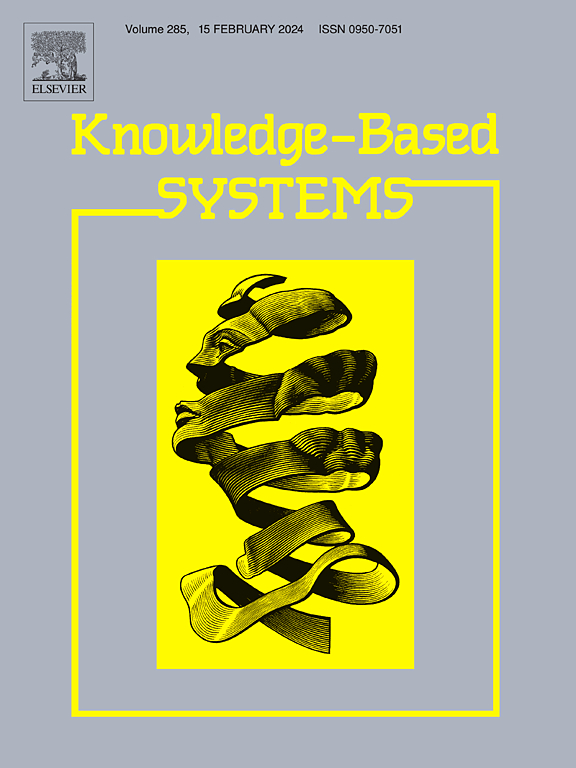Multi-dimension rotations based on quaternion system for modeling various patterns in temporal knowledge graphs
IF 7.2
1区 计算机科学
Q1 COMPUTER SCIENCE, ARTIFICIAL INTELLIGENCE
引用次数: 0
Abstract
Missing information is a prevalent occurrence in temporal knowledge graphs (TKGs), and thus, TKG completion holds considerable importance. Modeling the diverse relational patterns inherent in TKGs is crucial for this process. However, existing methods mainly focus on pre-existing patterns within knowledge graphs while neglecting the influence of temporal information. It is common for multiple relationships to exist between two entities at the same moment, as well as for the same event to transpire at different timestamps. Existing models primarily rely on single or sequential transformations, rendering them inadequate for modeling these intricate patterns. To tackle these challenges, we propose a novel model, multi-dimension rotations based on quaternion system (MDRQS), that integrates the attention mechanism to fuse rotations of different dimensions for modeling interactions between entities. This complex combination of transformations, utilizing parallelization, enables the modeling of the aforementioned patterns through multi-dimensional rotations. The attention mechanism determines the most appropriate dimensional rotation for different facts at various timestamps. We demonstrate that MDRQS effectively models pre-existing and new patterns. Through experiments conducted on four benchmark datasets, the effectiveness of our model is shown in the link prediction task.
求助全文
约1分钟内获得全文
求助全文
来源期刊

Knowledge-Based Systems
工程技术-计算机:人工智能
CiteScore
14.80
自引率
12.50%
发文量
1245
审稿时长
7.8 months
期刊介绍:
Knowledge-Based Systems, an international and interdisciplinary journal in artificial intelligence, publishes original, innovative, and creative research results in the field. It focuses on knowledge-based and other artificial intelligence techniques-based systems. The journal aims to support human prediction and decision-making through data science and computation techniques, provide a balanced coverage of theory and practical study, and encourage the development and implementation of knowledge-based intelligence models, methods, systems, and software tools. Applications in business, government, education, engineering, and healthcare are emphasized.
 求助内容:
求助内容: 应助结果提醒方式:
应助结果提醒方式:


